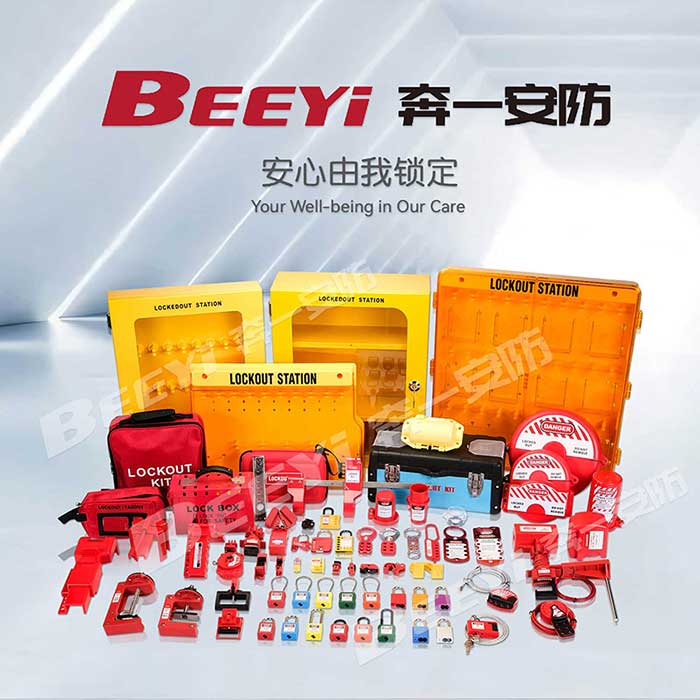Industrial padlocks are essential tools in safeguarding industrial facilities, machinery, and sensitive areas from unauthorized access. Unlike their household counterparts, industrial padlocks are designed for high security and durability, often employed in high-risk environments. These robust devices offer more than just physical protection; they are vital components in maintaining operational security, preventing theft, and ensuring compliance with safety regulations. In this article, we will explore the various aspects of industrial padlocks, including their construction, applications, and benefits, as well as the factors to consider when selecting the right padlock for your industrial needs.

Construction and Materials The construction of industrial padlocks sets them apart from standard residential locks. These locks are typically made from heavy-duty materials such as hardened steel, brass, or stainless steel. These materials ensure that the lock is resistant to both tampering and extreme environmental conditions. For example, stainless steel locks are highly resistant to corrosion, making them ideal for use in humid or saline environments, such as ports or outdoor storage yards. On the other hand, hardened steel offers excellent resistance to cutting and drilling, providing an additional layer of protection in high-security areas.